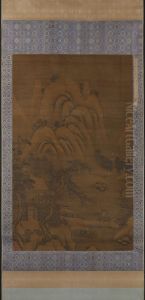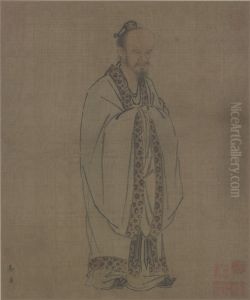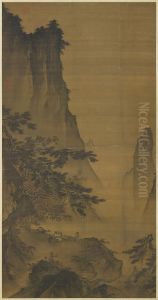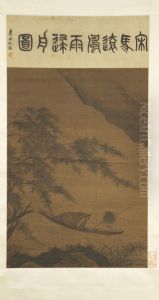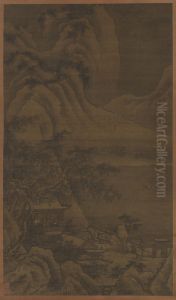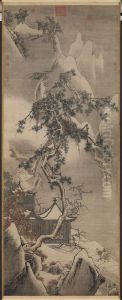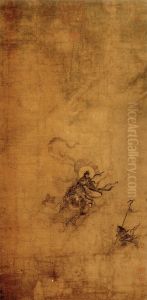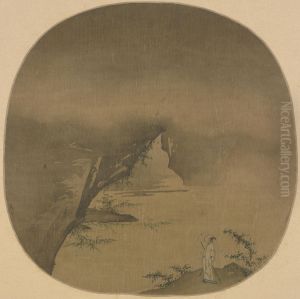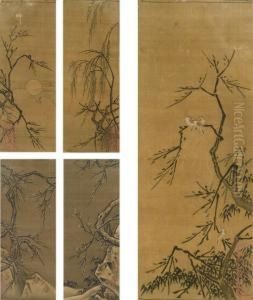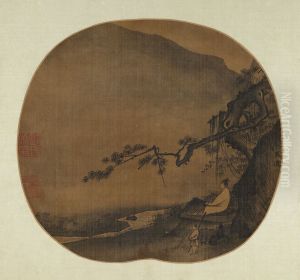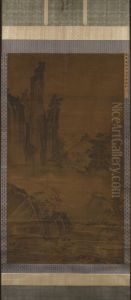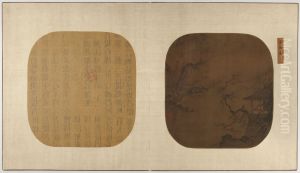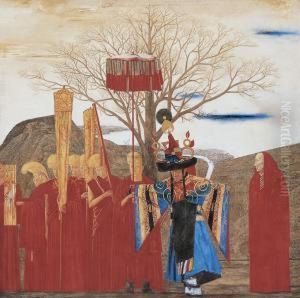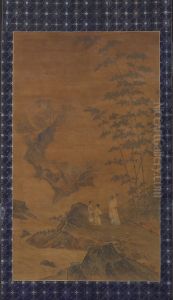Ma Yuan Paintings
Ma Yuan, born in 1160 and passing away in 1225, was a pivotal figure in Chinese painting, particularly during the Song Dynasty, a period known for its remarkable advancements in art and culture. He belonged to a family of painters and served in the imperial court, where he contributed significantly to the development of landscape painting. His work is often associated with the 'Ma-Xia' school, a style he developed alongside Xia Gui, another prominent figure of the time. This school is renowned for its innovative approach to landscape painting, emphasizing simplicity, elegance, and a profound sense of emotion.
Ma Yuan's paintings are characterized by their distinctive 'one-corner' composition, where the main subject is placed in a corner, leading the viewer's eye into a vast, often empty space that suggests the immensity of nature. This technique was groundbreaking and has been influential in both Chinese and Japanese art. His works often depict scenes of mountains, water, and forests, with a focus on the harmony between humans and the natural world. He also excelled in figure painting and was adept at capturing the spirit of his subjects with a few deft brushstrokes.
Throughout his career, Ma Yuan was committed to capturing the essence of his environment, employing a style that was both bold and innovative. His ability to convey deep emotional resonance through landscape painting has made his work enduringly popular and influential. Ma Yuan's legacy lives on, not only in the paintings he left behind but also in the continued appreciation and study of his technique and approach to art. His contributions to the world of art continue to be celebrated, making him one of the most revered artists in Chinese history.
